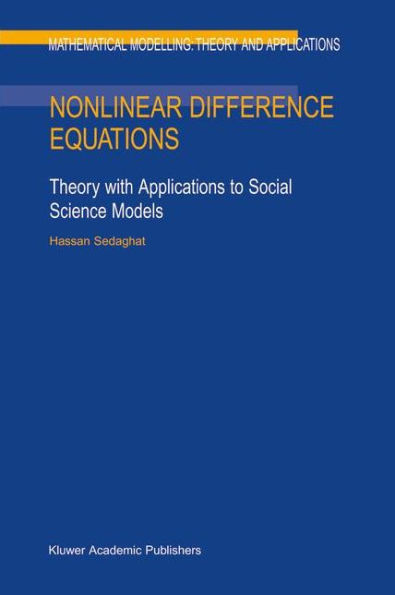5
1
9789048162154



Nonlinear Difference Equations: Theory with Applications to Social Science Models / Edition 1 available in Hardcover, Paperback

Nonlinear Difference Equations: Theory with Applications to Social Science Models / Edition 1
- ISBN-10:
- 9048162157
- ISBN-13:
- 9789048162154
- Pub. Date:
- 12/07/2010
- Publisher:
- Springer Netherlands
- ISBN-10:
- 9048162157
- ISBN-13:
- 9789048162154
- Pub. Date:
- 12/07/2010
- Publisher:
- Springer Netherlands

Nonlinear Difference Equations: Theory with Applications to Social Science Models / Edition 1
$109.99
109.99
In Stock

Product Details
| ISBN-13: | 9789048162154 |
|---|---|
| Publisher: | Springer Netherlands |
| Publication date: | 12/07/2010 |
| Series: | Mathematical Modelling: Theory and Applications , #15 |
| Edition description: | Softcover reprint of hardcover 1st ed. 2003 |
| Pages: | 388 |
| Product dimensions: | 6.30(w) x 9.45(h) x 0.03(d) |
From the B&N Reads Blog
